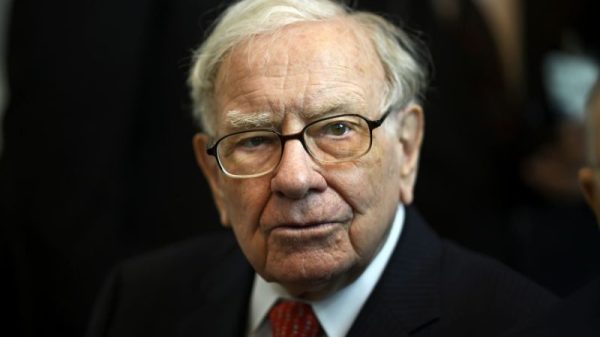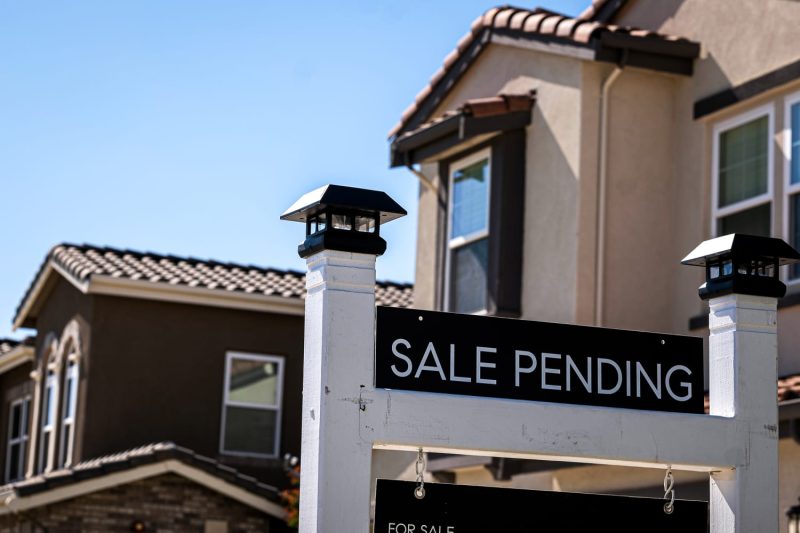Pending Home Sales in April Slump to Lowest Level Since the Start of the Pandemic
The real estate market has been a rollercoaster ride since the beginning of the COVID-19 pandemic, with April revealing a significant slump in pending home sales, dropping to the lowest level seen since the start of the crisis.
Economic analysts and industry experts had been closely monitoring the housing market for any signs of stability or continued turmoil, and April’s data paints a gloomy picture for the sector. The National Association of Realtors reported that pending home sales, a key indicator of future home sales activity, decreased by 4.4% in April. This marks a sharp decline from the previous month and highlights the ongoing challenges facing the housing market.
The drop in pending home sales can be attributed to a combination of factors that continue to impact the real estate industry. The lack of inventory, rising housing prices, and mortgage rates all play a role in deterring potential buyers from entering the market. Despite record-low mortgage rates, many buyers are finding it difficult to secure a property due to fierce competition and limited options.
Additionally, the uncertainty surrounding the economy and the lingering effects of the pandemic have further dampened consumer confidence and willingness to make significant financial decisions such as purchasing a home. The volatile nature of the housing market, coupled with job insecurity and economic instability, has led many prospective buyers to adopt a wait-and-see approach, contributing to the decline in pending home sales.
The impact of the declining pending home sales is not limited to buyers and sellers but has far-reaching implications for the broader economy. The real estate sector is a significant driver of economic growth, with home sales and construction activities contributing to job creation and consumer spending. A slowdown in the housing market can have ripple effects on related industries, impacting employment, consumer confidence, and overall economic stability.
As the US economy continues to navigate its way through the aftermath of the pandemic, policymakers, industry stakeholders, and consumers will need to closely monitor the housing market and implement strategies to stimulate demand and address supply-side challenges. The need for affordable housing options, increased inventory, and supportive policies to aid prospective buyers will be crucial in reviving the real estate sector and ensuring its resilience in the post-pandemic era.
In conclusion, the slump in pending home sales in April underscores the challenges facing the housing market and serves as a stark reminder of the lingering impact of the COVID-19 pandemic. While the road to recovery may be long and uncertain, proactive measures and collaborative efforts from all stakeholders will be essential in restoring stability and vitality to the real estate sector.


































